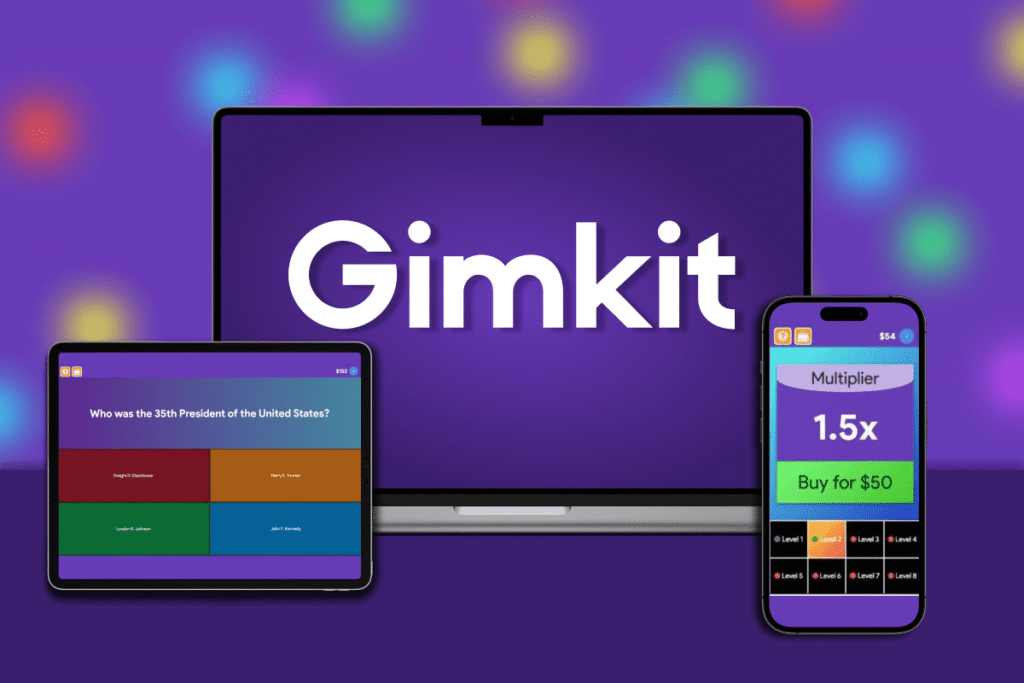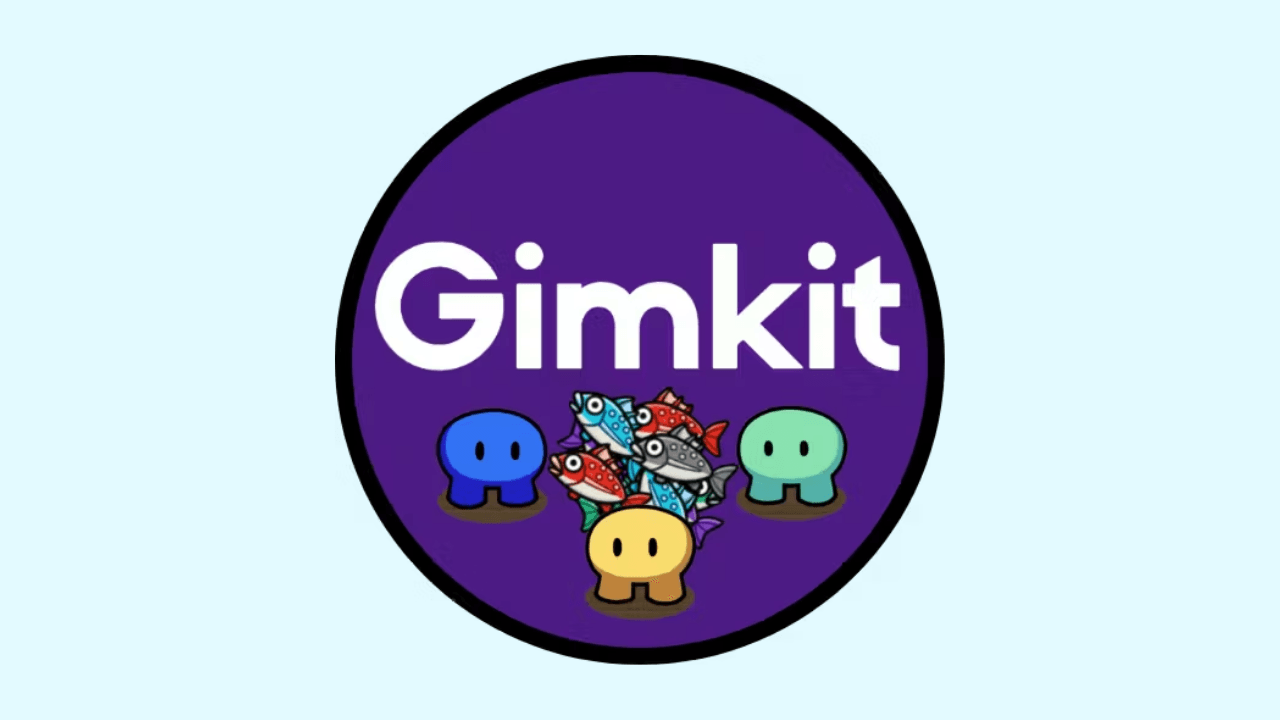#Gimkit, #Gimkit Join, #Gimkit Host, #Gimkit Login, #Gimkit/join, #Gimkit Live, #Gimkit Home, #Gimkit Dashboard
Gimkit is an interactive digital quiz-based learning platform designed to engage students through gamified experiences. Created by high school student Josh Feinsilber in 2017, the tool has since grown into one of the most innovative classroom apps, especially for formative assessment.
Gimkit blends the mechanics of video games with educational content. Unlike static quizzes, it allows students to earn in-game currency by answering questions correctly, then reinvest their earnings to gain advantages, making learning dynamic and strategic.

Key Features of Gimkit
1. Game-Based Learning
At its core, Gimkit turns traditional quizzes into competitive, fast-paced games. Teachers can create or import question sets, and students answer in real-time on their own devices. The platform offers various game modes, each with its own unique rules and strategies—ensuring replayability and engagement.
Popular game modes include:
- Classic Mode – A timed quiz game where students earn “money” for correct answers.
- Trust No One (Among Us inspired) – A social deduction game where players answer questions to gain clues and identify impostors.
- The Floor is Lava – Players must keep their virtual avatars from “falling” by answering correctly and spending earned money wisely.
2. Live and Assignment Modes
- Live Mode is designed for synchronous play during class. Students join via a code and play in real-time.
- Assignment Mode allows students to complete the game asynchronously at their own pace—great for homework, remote learning, or self-paced review.
3. Custom Question Sets
Teachers can:
- Create custom kits (question sets)
- Import sets from Quizlet or spreadsheets
- Use pre-made kits from Gimkit’s public library
Each question can include images and formatted text, supporting multimedia learning.
4. Power-Ups and Strategy
Gimkit isn’t just about right or wrong answers. Students use in-game currency to buy power-ups—boosts like “Streak Bonus” or “Multiplier”—that can significantly affect their score. This adds layers of strategy, motivating students to think critically and manage resources.
5. Real-Time Data and Reports
After a game, teachers get detailed insights:
- Individual student performance
- Most missed questions
- Overall class accuracy
These analytics help teachers identify learning gaps and inform instruction.
Who Is Gimkit For?
Gimkit is primarily designed for K–12 teachers and students, but its flexible platform also suits higher education, tutoring, and professional development settings. It works across subjects—math, science, language arts, history, foreign languages—and is adaptable for any content that can be formatted into Q&A.
How Does Gimkit Compare to Other EdTech Tools?
| Feature | Gimkit | Kahoot | Quizizz | Blooket |
|---|---|---|---|---|
| Engagement Style | Strategic, currency-based | Fast-paced trivia | Quiz+memes and avatars | Game modes with themes |
| Power-Ups | Yes | No | No | Yes |
| Game Modes | Many, creative | Limited | Moderate | Many, like tower defense |
| Asynchronous | Yes | Yes | Yes | Yes |
| Data Reports | Robust | Basic | Moderate | Moderate |
Key takeaway: Gimkit offers deeper gameplay and strategic thinking than most quiz-based platforms, which makes it more engaging over time.
Pricing
Gimkit offers a freemium model:
- Free Tier: Limited kits and game modes; enough for casual use.
- Gimkit Pro: Monthly or annual subscription unlocking:
- Unlimited kits and modes
- Advanced customization
- Premium reports
As of 2025, pricing is around $9.99/month or $59.98/year for individuals. Schools and districts can also get custom licensing.
Why Teachers Love Gimkit
- Engagement: Students are visibly more interested and invested.
- Retention: Repetition through games boosts memory.
- Differentiation: Students work at their own pace and level.
- Assessment: Live data gives teachers real-time feedback.
- Creativity: Teachers and students alike enjoy the game design aspects.
How To Join Gimkit?
Joining Gimkit is easy, whether you’re a student or a teacher. Here’s how to get started for both:
For Students: How to Join a Game on Gimkit
You don’t need an account to play a live game. Just follow these steps:
🔹 Join a Live Game
- Go to: https://www.gimkit.com/play
- Enter the Game Code provided by your teacher.
- Type your name (or school-appropriate nickname).
- Click “Join” and wait for the teacher to start the game.
Tip: Some games let you play solo or continue at your own pace if the teacher set it up as an assignment.
For Teachers: How to Set Up or Join Gimkit
🔹 Create an Account
- Go to: https://www.gimkit.com/
- Click “Sign Up” (top right).
- Choose “I’m a Teacher”.
- Sign up with Google or use an email/password.
- Set up your profile and you’re ready to start building kits (question sets) and hosting games.
🔹 Create or Use a Kit
- Click “Kits” > “New Kit” to make your own.
- Or import from Quizlet, a CSV file, or search Gimkit’s public library.
🔹 Host a Game
- Go to the kit you want to play.
- Click “Play Live” or “Assign”.
- Choose a game mode and click “Continue”.
- Students will join using the code at gimkit.com/play.
How To Login Gimkit?
Here’s how to log in to Gimkit, whether you’re a teacher or a student with an account:
Gimkit Login Steps
Step-by-Step:
- Go to: https://www.gimkit.com/login
- Choose how you want to log in:
- Google – if your account is linked to Google (most schools use this)
- Clever – if your school uses Clever for single sign-on
- Email and Password – if you created a standard Gimkit account
- Enter your login credentials.
- Click “Log In” and you’ll be taken to your dashboard.
Teacher Dashboard Includes:
- Your kits (quizzes)
- Classes (if set up)
- Live and assigned games
- Game reports
- Access to Gimkit Creative (if enabled)
Tips for Using Gimkit Effectively
- Use Game Modes Strategically: Different modes serve different purposes—“Classic” for review, “Trust No One” for logic and deduction, “Team Mode” for collaboration.
- Keep Kits Short and Focused: 10–15 well-crafted questions per session keep students engaged and focused.
- Review Data After Games: Use missed questions to guide mini-lessons or group interventions.
- Let Students Create Kits: Ownership builds deeper learning and creativity.
- Incorporate Into Routine: Use as a bell-ringer, exit ticket, or test prep.
Final Thoughts
Gimkit is not just a quiz tool—it’s a classroom engagement engine. By merging gameplay mechanics with curriculum content, it creates a space where students want to participate, teachers get actionable insights, and learning sticks. For educators looking to inject energy, strategy, and fun into review sessions or formative assessments, Gimkit is one of the best tools out there.
